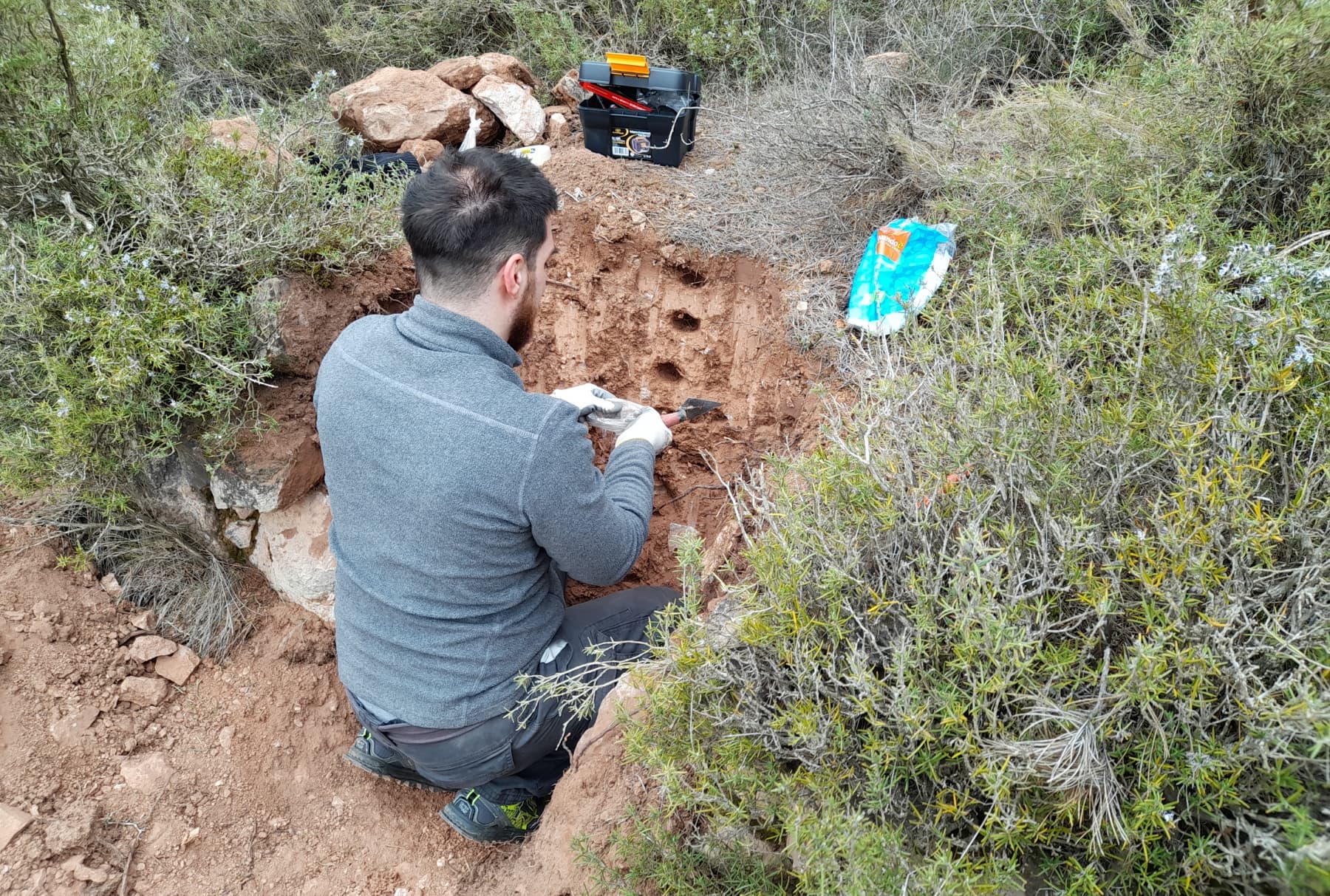HiLSS: Historic Landscape and Soil Sustainability
Mapping how people shaped ancient landscapes informs strategies for sustainable futures.
Landscape heritage
The HiLSS Project aims to investigate the relationships between sustainability and landscape heritage. It makes particular reference to soil loss and degradation over the long term.
The project will take a multidisciplinary approach that combines:
- archaeology
- Historical Landscape Characterisation (HLC)
- geosciences
- computer-based geospatial analysis (GIS – Geographical Information Systems)
- modelling (RUSLE – Revisited Universal Soil Loss Equation).
Quantifying the impact of human activities
The research objectives of the HiLSS project are to quantify the impact of human activities during the Late Holocene. This will enable us to create spatial models that can inform the development of sustainable conservation strategies for rural landscape heritage.
This project focuses on two separate mountainous regions. These present historical and cultural similarities but are located in different climatic zones: the first is Tuscan-Emilian Apennines, Italy; the second is northern-mid Galicia, Spain.
Previous HLC studies have evaluated land-use from the perspective of cultural heritage. RUSLE have used it as a proxy for the land-cover of an area and its effect on soil erosion.
Combining cultural and environmental values of land use
The HiLSS project employs an innovative methodology. This combines the historic/cultural values and the environmental values of land use. It will inform development of a model for sustainable conservation.
Considering the different agricultural land-use HLC types in GIS-RUSLE modelling will make it possible to quantify the effect on soil loss for each HLC type and consequently to devise more environmentally sustainable management for each type.
Embracing culture and nature in landscape management
Environmental sustainability and historic landscape conservation are typically treated as two separate fields. But the HiLSS project will develop a transformative model for interdisciplinary research. It will propose a new way to embrace both cultural and natural values as components of the same landscape management plans.
